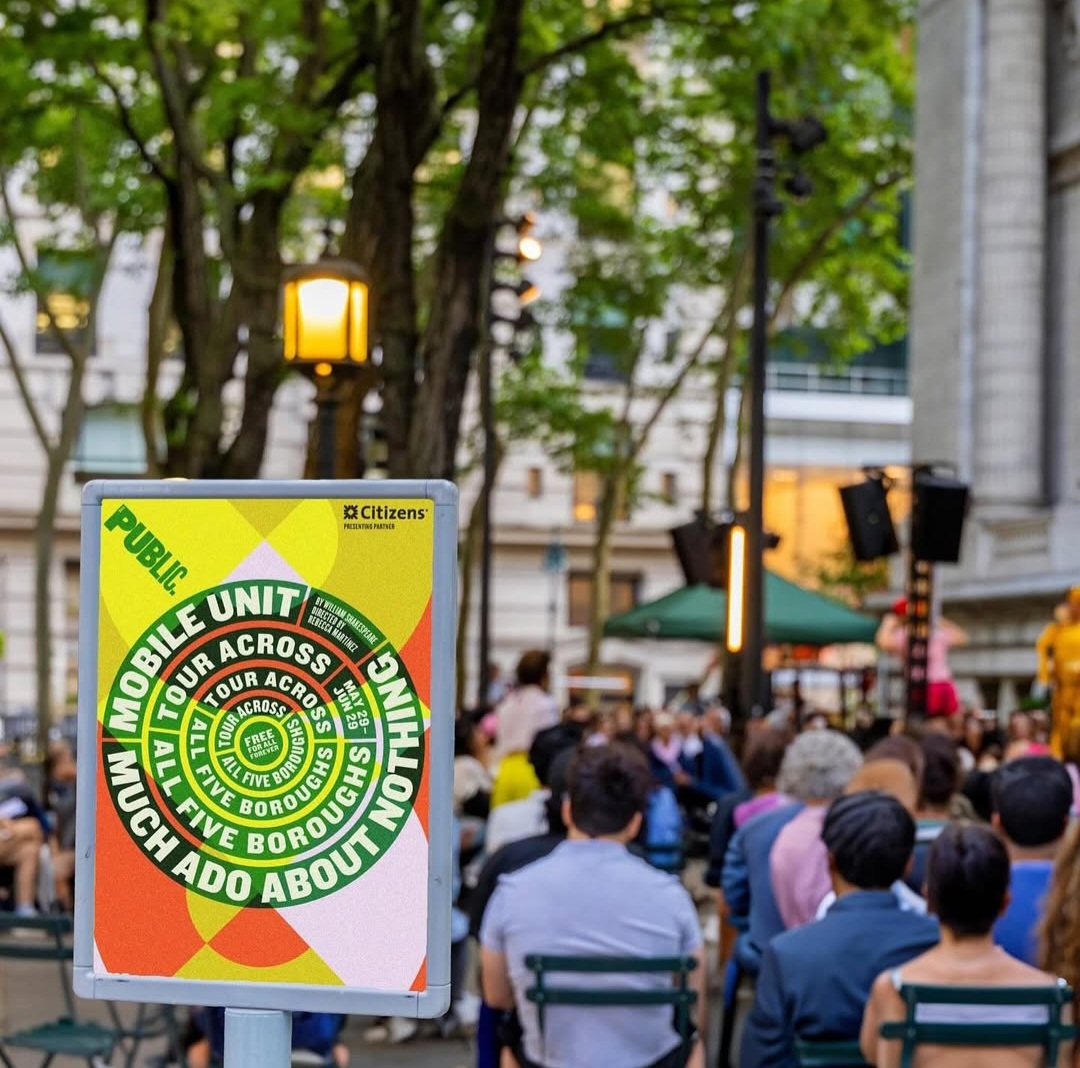
The catastrophic fire at the former Deutsche Bank building on Aug. 18, 2007, killed firefighters Joseph Graffagnino and Robert Beddia, and injured 105 others, in large part because of illegal conditions in the building, which Graffagnino’s father — author of “The Fix Is In” — blames on the shady contractors and political appointees who rushed the demolition job.
BY BILL EGBERT
The father of a firefighter killed in the catastrophic fire at the former Deutsche Bank building in 2007 has penned a scathing, book-length indictment of the contractors handling the demolition, the city that was supposed to supervise them, and the system that later conspired to protect the powerful people he holds responsible for the death of his son.

Fallen Firefighter Joseph Graffagnino’s wife Linda, center, and the author, behind her, follow behind firefighters carrying his casket after the funeral service at St. Ephrem Roman Catholic Church in Brooklyn in 2007.
Joseph A. Graffagnino lost his only son, Joseph, to the seven-alarm fire that tore through the building on Aug. 18, 2007, also killing fellow firefighter Robert Beddia, and injuring 105 others. In “The Fix Is In: The Deutsche Bank Building Fire Conspiracy,” the Brooklyn writer lays out a meticulous case that the contractors tasked with deconstructing the building willfully neglected safety measures to save money, the city knowingly facilitated the slipshod job to meet artificial deadlines, and after the easily preventable disaster struck, the powers that be exerted extreme political pressure on city agencies, the media, and even the District Attorney’s Office to shield those responsible from accountability.
“I wrote ‘The Fix Is In’ because I want you, the reader, to know the truth,” Graffagnino writes in the prologue. “I want to expose the people who benefited from the catastrophe and place blame where it belongs.”
The book begins with a detailed account of the FDNY’s efforts to control the fire, cataloging the litany of violations and unsafe conditions that hobbled them — from obstructed hydrants and broken standpipes that kept firefighters from getting water to the flames, to stairways and hallways blocked with plywood and internal fans that spread the blaze.
The main factor that made the Deutsche Bank fire so deadly was the failure of the standpipe system, which is meant to allow firefighters to pump water from street level to hose connections on the upper floors of a flaming high-rise. Firefighters who responded to the fire insisted to Graffagnino that workers at the building site repeatedly assured them that the standpipe system was working, so New York’s Bravest charged up to the burning floors, hooked up their hoses, and waited for the water that their comrades were pumping in from outside.
In reality, however, there were several long sections of standpipe missing throughout the building. So as the younger Graffagnino and his fellow firefighters were waiting for their water amid the flames, and their officers assured them it would come, all the while it was gushing uselessly into the basement.
“When the men are in there trying to find a working standpipe or water supply, they are being radioed that water would be coming up any minute,” recalled Battalion Chief John Plant in one of several extended interviews with FDNY personnel at the scene. “Any minute, any minute, any minute led to over an hour.”
The elder Graffagnino believes the contractors knew about the defective standpipe system, as well as many other deadly and illegal conditions at the Deutsche Bank building, and that when these lax safety practices turned deadly, those responsible were protected by the book’s titular conspiracy, involving political appointees of the city and state. He makes the case that the powers that be did this because they knew they bore ultimate responsibility for the corners cut at the demolition site because of their desire — for cynical political reasons — to get the long-delayed job done quickly, at any cost.
Graffagnino explains how the Lower Manhattan Development Corporation — the entity created to manage the post-9/11 reconstruction of Downtown, and which owned the damaged and contaminated building — went to suspiciously extreme lengths to install the well-connected Bovis Lend Lease company as the primary contractor, and the John Galt Corp. as its subcontractor for decontamination — without competition — behind the back of the city’s Department of Investigation, which was concerned that the company was unqualified and had possible mob ties.
The author points out that, for reasons never fully explained, the Department of Buildings allowed the demolition of the building to proceed under a permit for alterations, rather than a permit for demolition that would have required more rigorous inspections by the FDNY — which would have certainly prevented the illegal conditions that made the 2007 fire so deadly.
Despite the contractors’ dubious qualifications, and the lack of safety oversight, the city and the LMDC nonetheless took the unprecedented step of insisting that the decontamination and demolition of the building be done simultaneously, in order to clear the site for redevelopment by the end of 2007. The rush job was a political decision, Graffagnino concludes, made at an emergency meeting at Gracie Mansion in January 2007 in order to meet a deadline set by JP Morgan Chase as a condition for its leasing the 130 Liberty St. site for a new headquarters — which was being touted as a milestone in the rebirth of Lower Manhattan.
The risky, under-supervised, hazardous job proceeded at breakneck speed, and the $290-million, 92-year lease was duly signed in June 2007, according to the Real Deal, less than two months before the Deutsche Bank building would go up in flames.
In the aftermath investigations found plenty of blame to go around. Several city officials were disciplined after a 2009 DOI report on the fire, including seven FDNY officers and three officials at the Department of Buildings.
The DOI report made clear that a complex web of failures by multiple parties prevented the unsafe conditions from being caught and rectified before the deadly fire. But Graffagnino contends that the ultimate responsibility lies with the contractors who created the conditions, and the political appointees at the city and LMDC whose pressure to finish the job quickly led to the slipshod work — and perhaps even actively discouraged the rigorous inspections and enforcement that would have saved lives, but cost time and money.
District Attorney Robert Morgenthau cut a deal with Bovis that protected it from prosecution, specifically citing his concern about the economic effect of indicting a company that was such a major city contractor. The deal did require Bovis to commit to better safety practices across all its city projects, and acknowledge responsibility for the deadly fire. But the agreement was specifically designed so that the admission could not be used against Bovis in civil cases seeking damages.
Morgenthau also struck a deal that protected the city from any charges, while requiring it to admit to failures in oversight and institute reforms.

From left, Mitchel Alvo, Salvatore DePaola and Jeffrey Melofchik, all construction supervisors for the John Galt Corporation, were charged with manslaughter and criminally negligent homicide for the deaths of firefighters Joseph Graffagnino and Robert Beddia in the Deutsche Bank building fire — but all were acquitted at trial, in part because of a non-prosecution deal for the city arranged by then-District Attorney Robert Morgenthau.
The DA did indict subcontractor John Galt Corp., along with three low-level employees — two construction supervisors with Galt and one with Bovis Lend Lease — but all were acquitted at trial, in part because the city’s admission of failures in its deal with Morgenthau undermined the prosecution’s case.
John Galt Corp., in the only criminal conviction in connection with the blaze that killed two firefighters, was found guilty only of a misdemeanor.
Graffagnino blasts the deals cut with Bovis and the city, and he faults the city and the DA for going after only lower-level figures, but he reserves special outrage for the utter impunity enjoyed by the LMDC, which he sees as the nexus of the entire catastrophe.
As the author repeatedly points out, it was the LMDC that hired Bovis and John Galt over the objections of the DOI. It was also the LMDC that was responsible for scheduling the FDNY inspections that should have prevented the fire. It was the LMDC that pushed for the job to be rushed. And it was the LMDC that ignored a crucial warning that could have prevented tragedy.
Just days before the fire, Graffagnino notes, the LMDC was warned by the project’s safety consultant that the site was “an accident waiting to happen,” and that Bovis could not be trusted to maintain safety. At a Council hearing after the blaze, the LMDC leadership declined to say why they took no action in response.
Nonetheless, no one at the LMDC was ever charged or disciplined.
As a work of journalism, “The Fix Is In” does have some weaknesses. Lacking any footnotes or endnotes referencing his sources, Graffagnino’s assertions are often left to stand on their own. An index would have made a complicated narrative with so many players much easier to follow, and more rigorous editing would have reduced how much information is repeated unnecessarily. The sheer volume of details that Graffagnino marshals for his case is impressive, but at times overwhelming, and long sections devoted to tangential topics such as the decline of the newspaper industry and a detailed history of non-prosecution and deferred prosecution agreements, while interesting, can give the reader a feeling of drift.
But “The Fix Is In” is, at its heart, a thorough and well-argued polemic fueled by the righteous outrage of a grieving father, and as such, it is a powerful work.
Graffagnino’s chapter on his family’s experience after they got the news of his son’s death is quite moving. The younger Graffagnino had recently passed the FDNY lieutenant’s exam, and he and his wife Linda were looking forward to a bright future with their two young children — Mia, 4, and Joseph, just nine months — when the call came in to the West Village firehouse of Ladder Company 5 that the Deutsche Bank building was ablaze.
The author’s wrenching account of how the loss of his son affected him and his family reminds the reader that the book’s quest to assign blame is more than just an academic exercise.
“Mia wanted to know why her daddy wasn’t coming home. Was it something she’d done?” he recalls in the final chapter. “What do you say to a 4-year-old whose father was killed because of corporate and political greed?”
In addition, as the father of a firefighter killed in the blaze, Graffagnino had not only the drive but also the access to document details that would likely never find their way into a newspaper article or official report. He includes more than 50 pages of verbatim interviews with FDNY personnel at the scene of the fire — from firefighters to captains and battalion chiefs, to a deputy chief who asked to speak anonymously about his belief that city lawyers were trying to coach firefighters’ testimony before they spoke to the grand jury investigating the fatal fire.
These elements make “The Fix Is In” a valuable and unique book on the catastrophe which only Graffagnino could write.
“I need to believe that some good will come will come out of my work,” he writes at the end of his book, nearly a decade in the making. “Hopefully, New Yorkers will be more vigilant, and not be complacent and assume the people they put in office will do their jobs.”
When you read this book, you will be moved by experiences of the firefighters and the Graffagnino family. You will gain an alarming understanding of just how badly a project like the Deutsche Bank building demolition can go wrong when cost and speed are placed above safety. And most of all, you will share the author’s outrage that the people he holds most responsible for his son’s death were never truly held accountable.

The seven-alarm blaze that tore through the former Deutsche Bank building and killed two firefighters was so deadly because the building’s standpipe system was broken — unbeknownst to the FDNY.





































